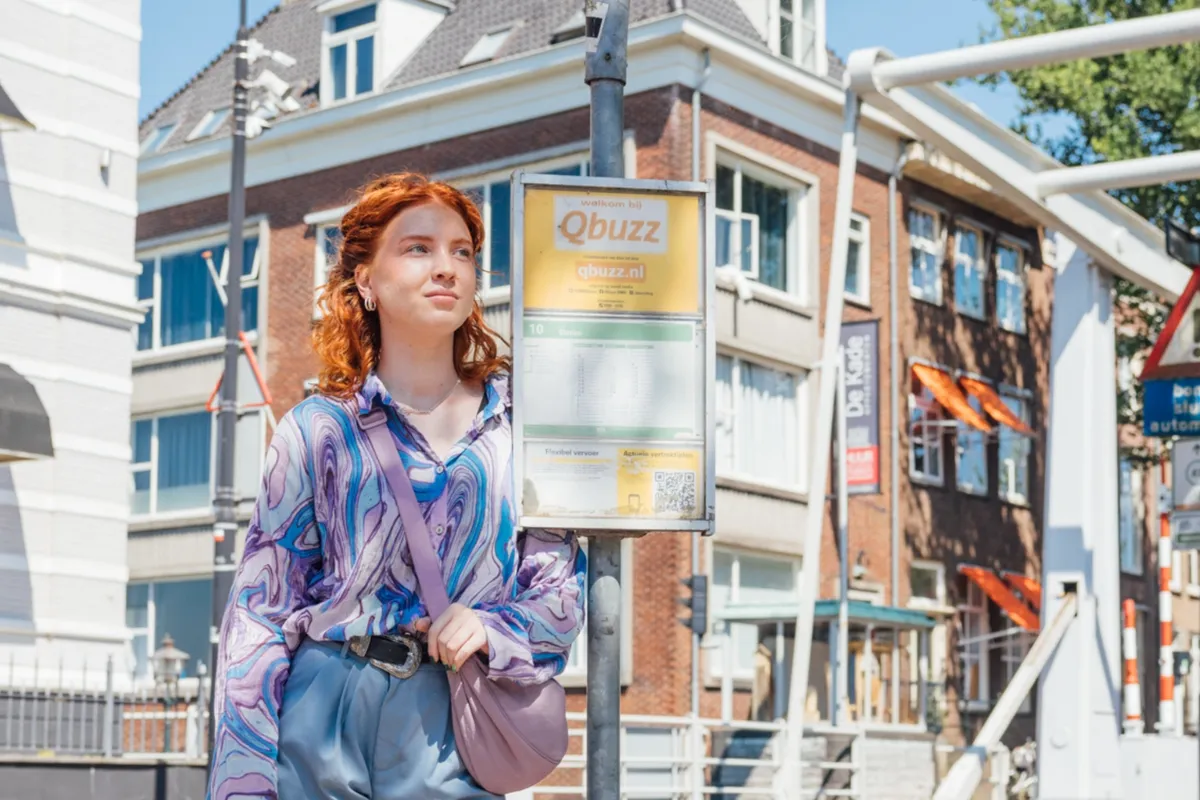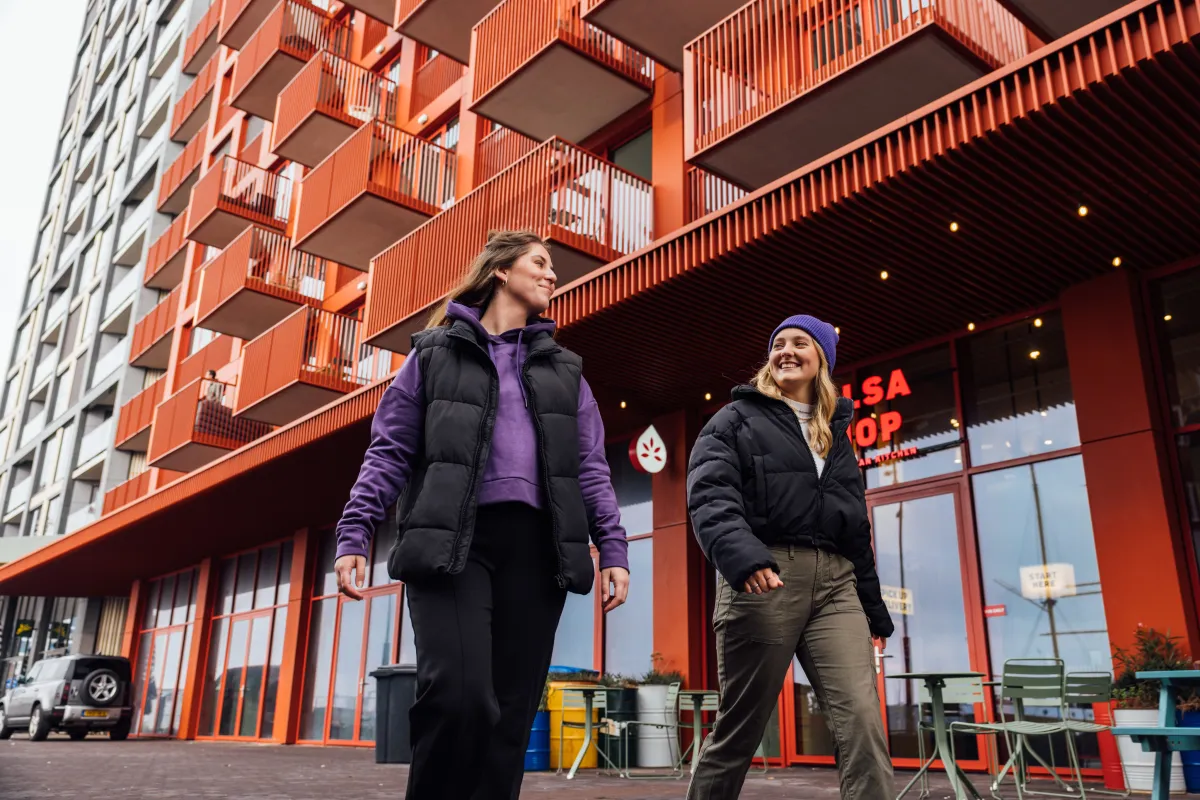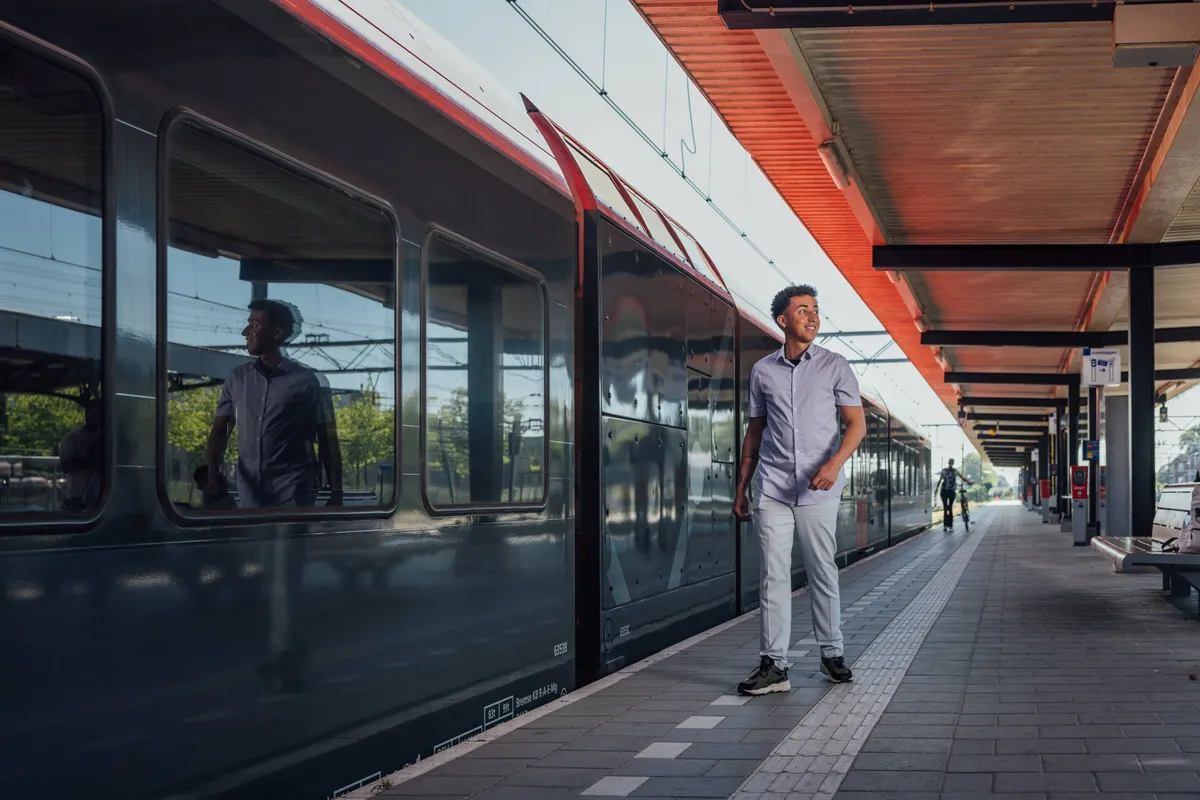Students on public transport All useful public transport information for students.
Also interesting

Student OV
How does it work?
The Student Travel Product, also known as student OV, is for everyone who follows a vocational, higher professional, or university education, even if you are not yet 18 years old. With the Student Travel Product, you travel cheaply and often even for free on public transport.
Everything about student OV
Travel easily to your student house with 9292
Do you live in a student house and does it have a name? You can submit a request to add your student house to the 9292 planner! Useful for visits or hospitality evenings.
Register your student house in the 9292 plannerYou may also be interested in

Bikes on public transport
If your journey starts and ends by bike, it can be useful to take your bike with you on public transport. A folding bike is often allowed, but different rules apply to a normal bike.
The 9292 app
Are you already using the 9292 app? It allows you to plan your journey, view the live location of the train, bus, tram, or metro, and see which buses pass by a certain stop.
